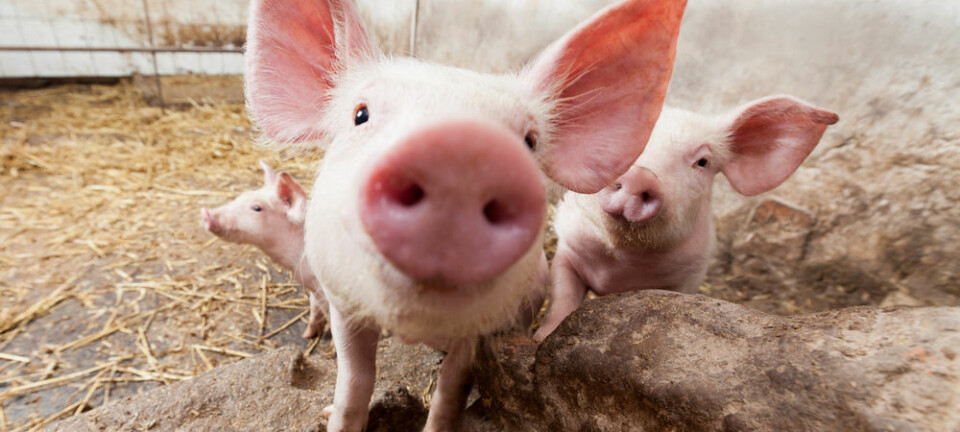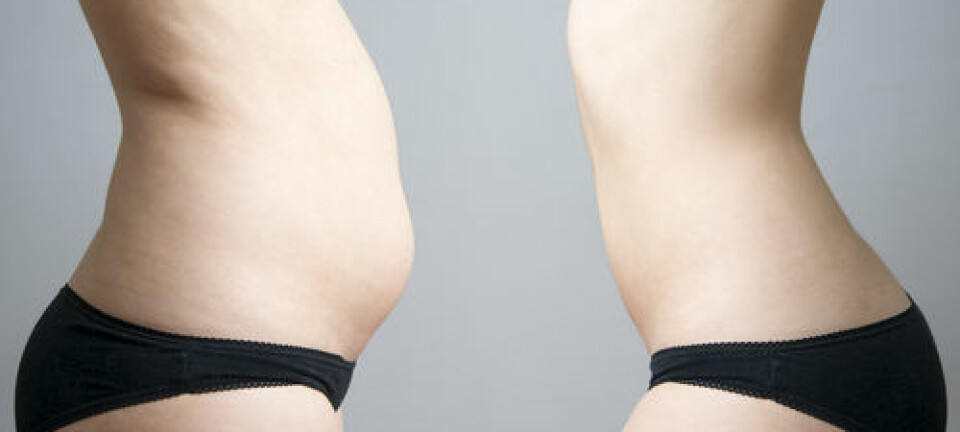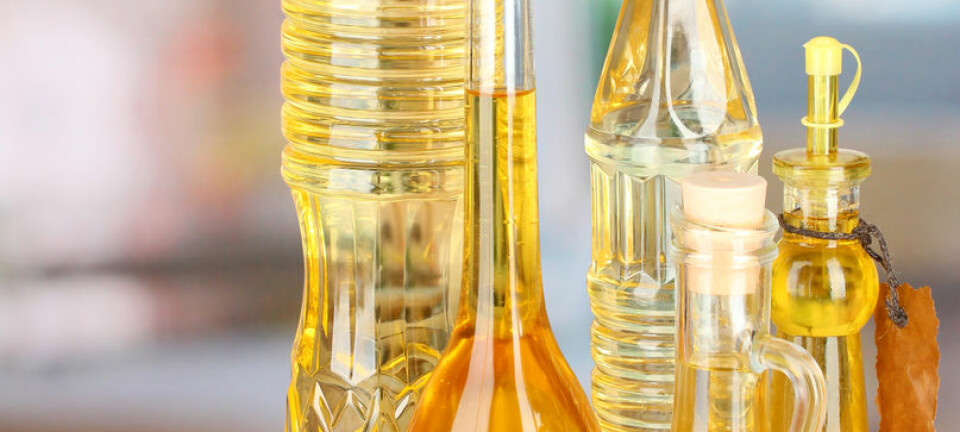
Scientists reprogram fat cells to increase fat burning
Scientists discover how fat cells can be reprogrammed to burn fat instead of storing it.
Cells responsible for storing fat can be converted into cells that burn fat and keep you slim and scientists have now discovered how this conversion happens.
"We've mapped the fat cells’ genomes and identified a protein which activates specific genes that reprogram the fat cells to burn fat instead of storing it," says Professor Susanne Mandrup from the department of biochemistry and molecular biology at the University of Southern Denmark (SDU).
The study’s findings, recently published Genes & Development, are a crucial step on the way to developing drugs that can make the body to transform fat into energy instead of storing it.
White cells can become brownish
Our body contains three different types of fat cells:
White cells, which store fat derived from food so that you put on weight if you eat too much.
Brown fat cells, which convert fat into energy instead of storing it.
Brite fat cells are beige/brownish in colour (brite is short for brown-in-white). Like brown cells they convert fat into heat. Scientists have long been interested in brite fat cells because it has been shown that white fat cells can be browned and turned into brite so that they burn fat instead of storing it.
"Studies show that overweight people have a lot of white cells in their fatty tissue,” says Mandrup. “We've known for a long time that exposure to the cold, for example, can cause the body to produce more brite fat cells which produce heat, although we have not known much about which molecular mechanisms are at play."
Anti-diabetic medication browns the cells
In order better to understand how fat-storing white cells can become fat-burning brite cells, scientists at SDU have grown white cells in the laboratory and added a medication previously used to increase the insulin sensitivity of diabetes patients.
The medication known as Rosiglitazone makes the fat cells turn brown thus making them brite -- but exactly what effect the drug has on the cells at the molecular level has been unclear until now.
To study this, the scientists used advanced gene sequencing technology to map and analyse the genome of both the white and brite cells in order to find out which genes are active when the white cells turn brite.
A specific protein activates genes
Their analyses did not only show where in the fat cells' genome there is activity when white cells are converted to brite cells, but also that a specific protein, known as KLF11, has to be present for the cells to be reprogrammed to burn fat instead of storing it.
"We can see that KLF11 finds the genes in the cells which are active when white fat cells are being converted into brite cells. KLF11 is already known as a protein important to the functionality of insulin-producing β-cells in the pancreas, but with our study we have demonstrated the first time that the protein is also necessary for white fat cells to be reprogrammed to brite fat cells," says Mandrup.
In the long term, it will be possible to use the discovery to develop new medication which can impact on precisely those areas in the fat cells' genome.
This will make it possible to prevent overweight people from developing insulin intolerance and diabetes or other diseases related to obesity.
"We know more about which buttons we have to push to increase specific processes in the cells which activate the browning process. KLF11 is just one of the factors that determines which genes are active, but I'm certain there are numerous others," says Mandrup.
Study based entirely on human cells
Jacob B. Hansen, an associate professor at the Department of Biology of the University of Copenhagen, also studies brown fat cells says the new results represent an important step towards understanding how fat cell conversion takes place in humans.
"The molecular understanding of how brite is produced and much of what we do know comes from experiments on mice. One good thing about this study is that it’s entirely based on human cell material," says Hansen.
Hansen was not involved in the new study, but he has read the scientific article and is enthusiastic:
"Experiments on mice have shown that KFL11 can regulate parts of the biology of brown fat cells, but in this study, the scientists used advanced methods which enabled them to characterise the browning process in great detail. This was much more elegant than the work previously done on mice because they’ve observed all the genes in one go and found the areas in the genome of the cells which KLF11 binds to.
Pills against obesity closer to reality
According to Hansen, the result certainly is a step in the direction of a cure which e.g. can reduce the risk of people developing type 2 diabetes and countering other health issues related to being overweight.
"The potential is interesting, because the better we understand the biology of fat cells, the closer we’ll get to being able to design medication which can cause the body to produce more beige and brown fat cells, which experiments on mice have shown effective to improve glucose tolerance," says Hansen.
"But this doesn't mean that in five years will have a magic pill against obesity,” he says. “The work done at SDU is basic science, which improves our knowledge of the process known as browning, but a lot more research will have to be done before we fully understand the process and its significance.”
---------------
Read the original story in Danish on Videnskab.dk
Translated by: Hugh Matthews










